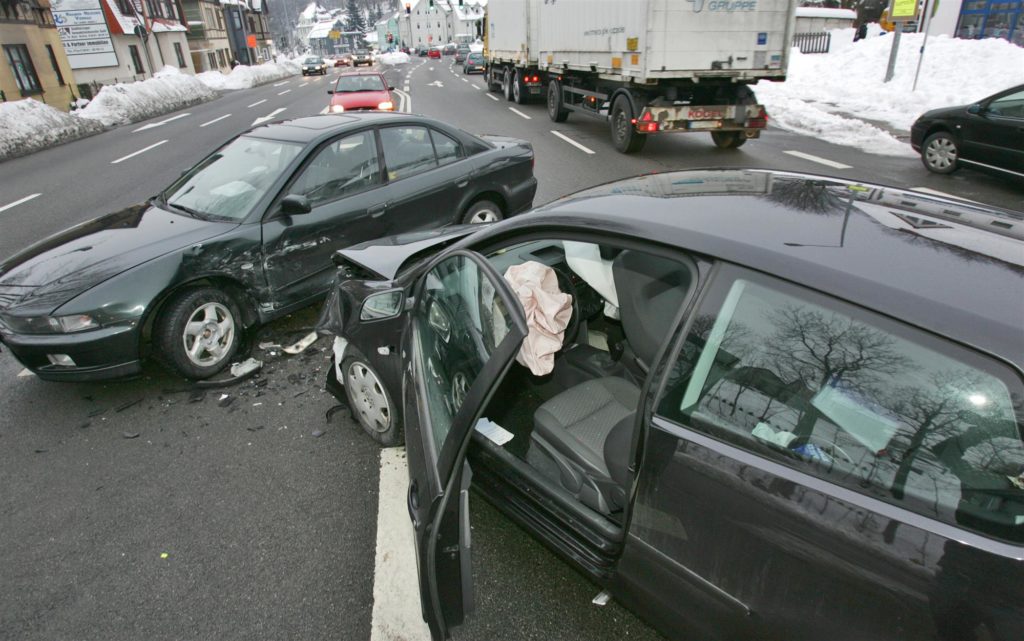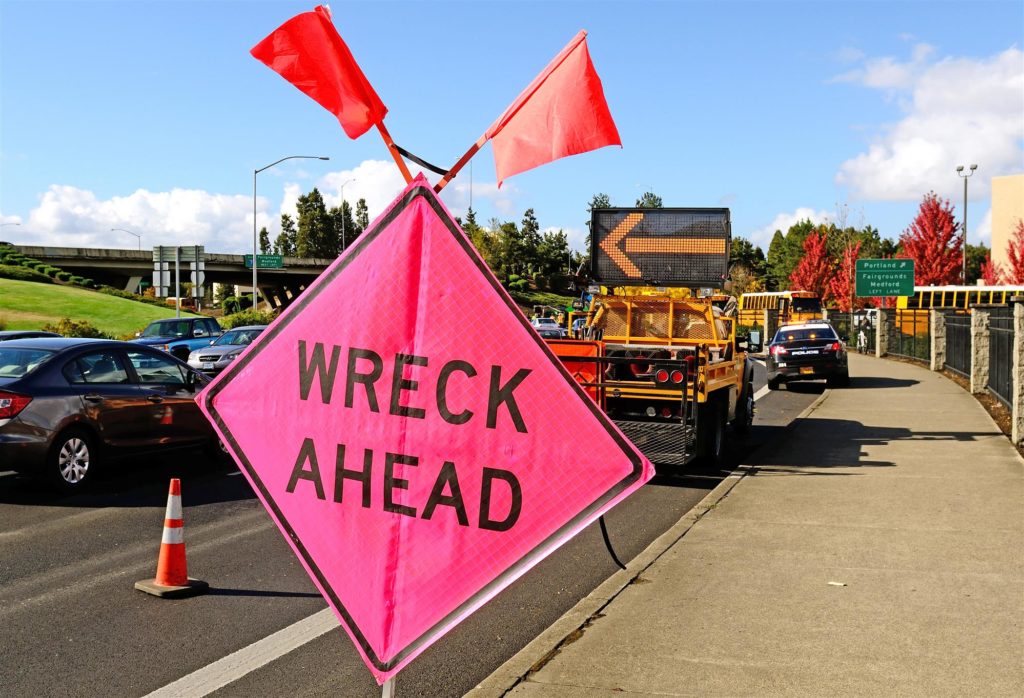Dealing with the aftermath of a car wreck is difficult. There are so many legal complications that can occur and determining who was at fault for causing the accident without a car accident lawyer can become immensely difficult. It’s much easier to avoid the whole mess by learning how to prevent car collisions from happening if at all possible.
Sideswiping is the most common and dangerous type of vehicle impact collision. In this guide, we’ll review the causes of side collisions and show you how you can safely avoid them.
Sideswipes and You
The rate of vehicle accidents is increasing, both as a result of distracted drivers and because we inherently see more drivers on the road. Side collisions make up the highest percentage of auto accidents, thanks to complex city and town street layouts. They occur most often in the outer lanes and can happen at a moment’s notice.
The reason driving in the outer lanes increases risk relates to the difference in speed. Generally, people travel in the outer lane at a higher speed to pass and, if they don’t adhere to defensive driving strategies or drive recklessly, a split-second accident is the result. A wrong decision to pull out and accelerate can spell disaster. Drivers may need to turn sharply and slam their brakes to avoid a rear-end collision in the outer lane.
Then there are drivers who are impatient enough to risk their safety, and of those around them, to shave off a few seconds to their destination. They will apply their brakes and force their way into their desired lane with little or no warning. This can cause a sideswipe or, in some cases, run someone off the road entirely.
Sideswipes can also happen gradually, especially when turning into driver blind spots. Sleepy/distracted drivers may encroach into another lane (sometimes referred to as “drifting”). If drivers aren’t paying attention in time to correct it, they’ll have nowhere to turn to avoid the collision.
Prevention Tactics
To prevent sideswipes, always drive defensively. Practice consistent driving patterns, be aware, and always communicate with your fellow drivers using your turn signals while you’re on the road. Avoid changing lanes when you can stay where you are, especially if it’s only to shave a few seconds off your drive. It’s better to get there a few minutes late than not at all.
Maintain a constant speed as you drive, as best as you can. Most cars available today have cruise control; use it whenever you have the opportunity if you know you have a heavy foot. Conversely, never rely on cruise control to keep you safe—your own attention is important, too.
Keep a safe distance between you and other vehicles at all times, especially on multilane highways. Watch for blind spots and, when you see them, be extra cautious. Always use your turn signals and ensure that it’s safe for you to turn or change lanes well before you change. Double check each direction when you’re turning out of side streets, too.
When in doubt, wait it out.
If you notice another vehicle encroaching on your lane, you should always assume they don’t notice you. You can control what you do, but you can’t control other drivers on the road, and you just never know if they’re paying attention.
If you do notice a vehicle encroaching on you, gently use your brakes and turn into another lane or pull off to the side of the road. Make sure you will not collide with this driver before you give in to the urge to honk your horn; although this move may assuage your temper, it won’t protect you or other drivers. You have a limited amount of time to react, and every unnecessary move shaves seconds off your ability to keep you and any other occupants in your car safe.
If you’re reading this right now, it’s likely that you’ve been the victim of an auto collision or you’re educating yourself about safe driving. Either of these scenarios can be stressful; we want to help. Contact Schechter, McElwee, Shaffer & Harris, L.L.P., and access over a century’s worth of experience helping citizens seek reparations for accident-related injuries.

 Over 300 Google 5 Star Reviews
Over 300 Google 5 Star Reviews










